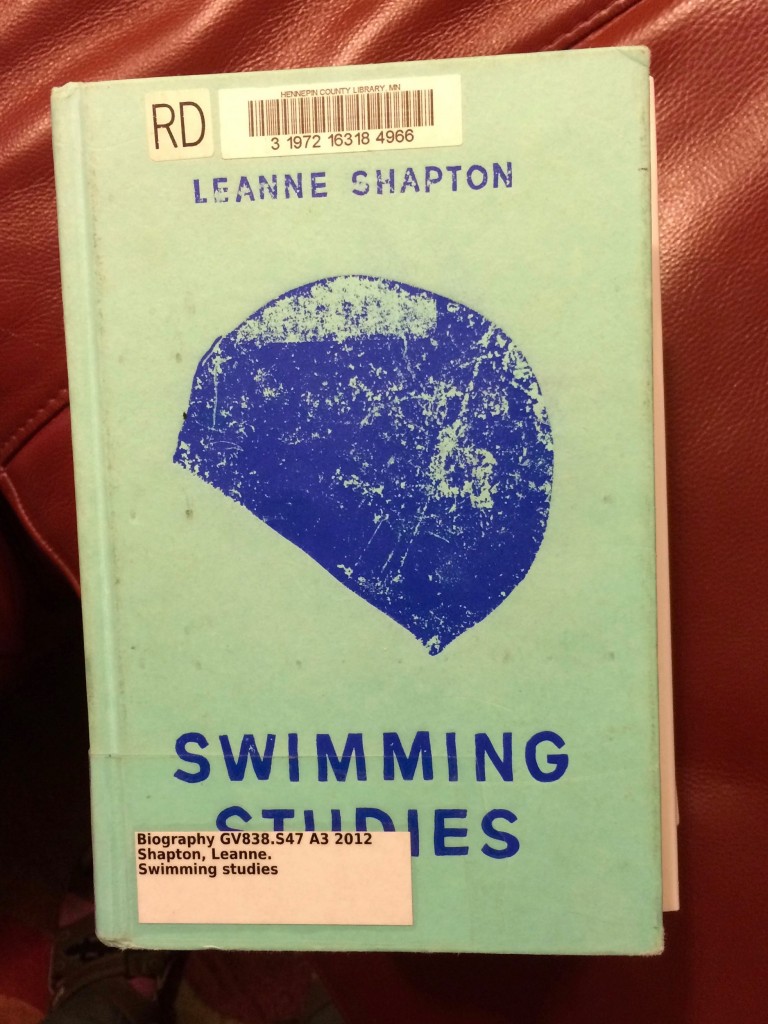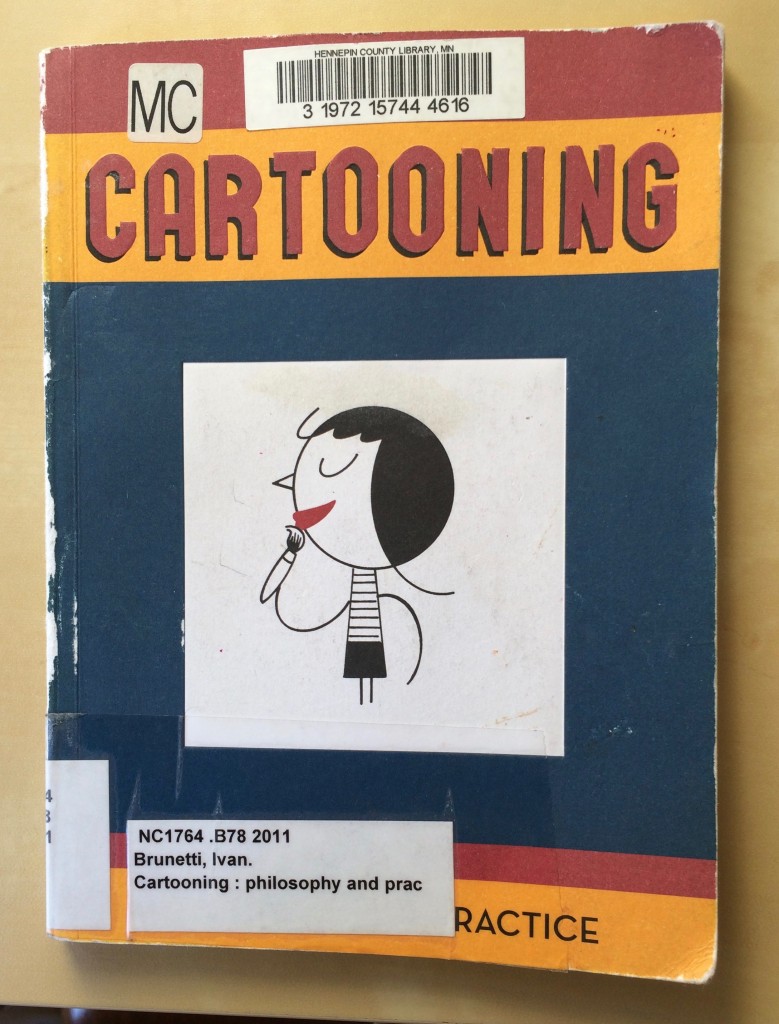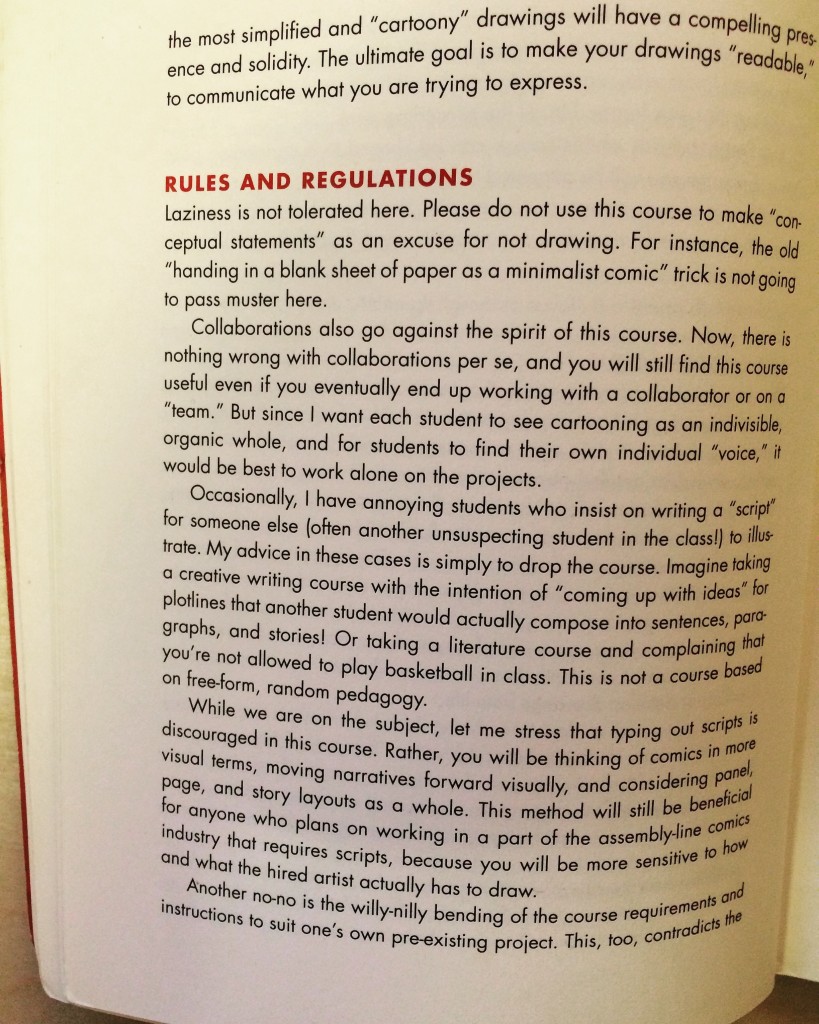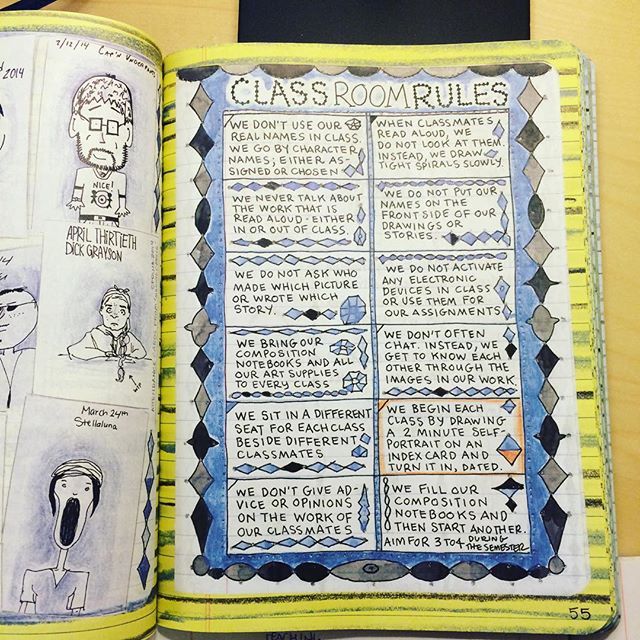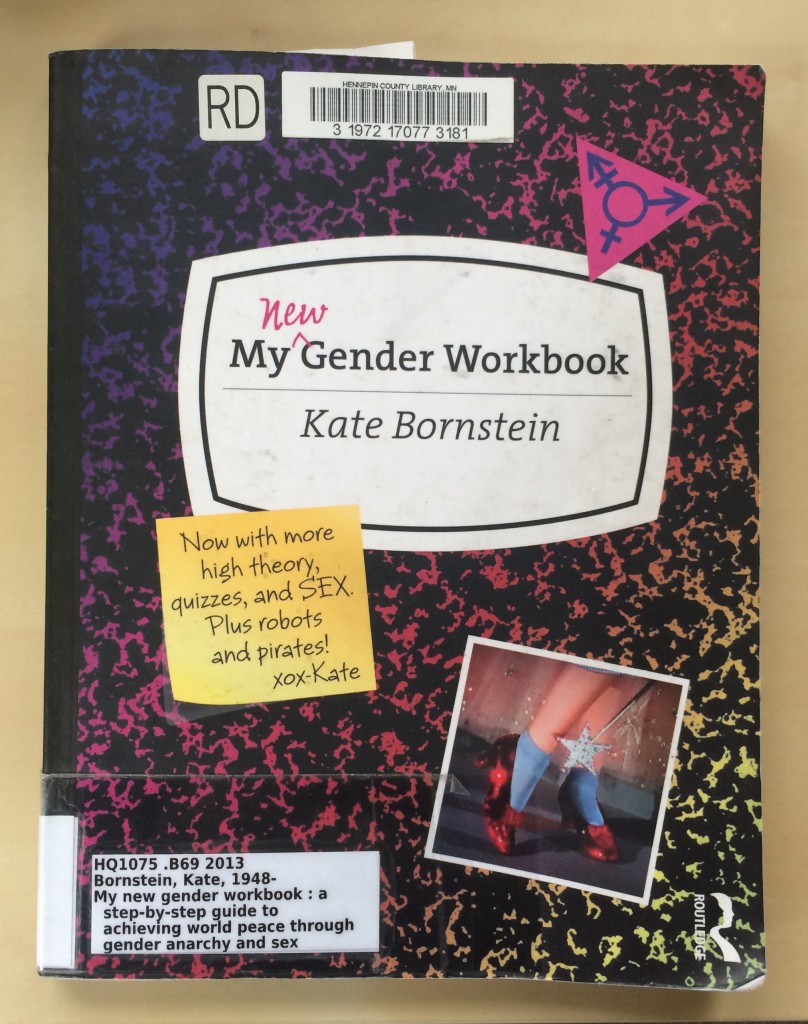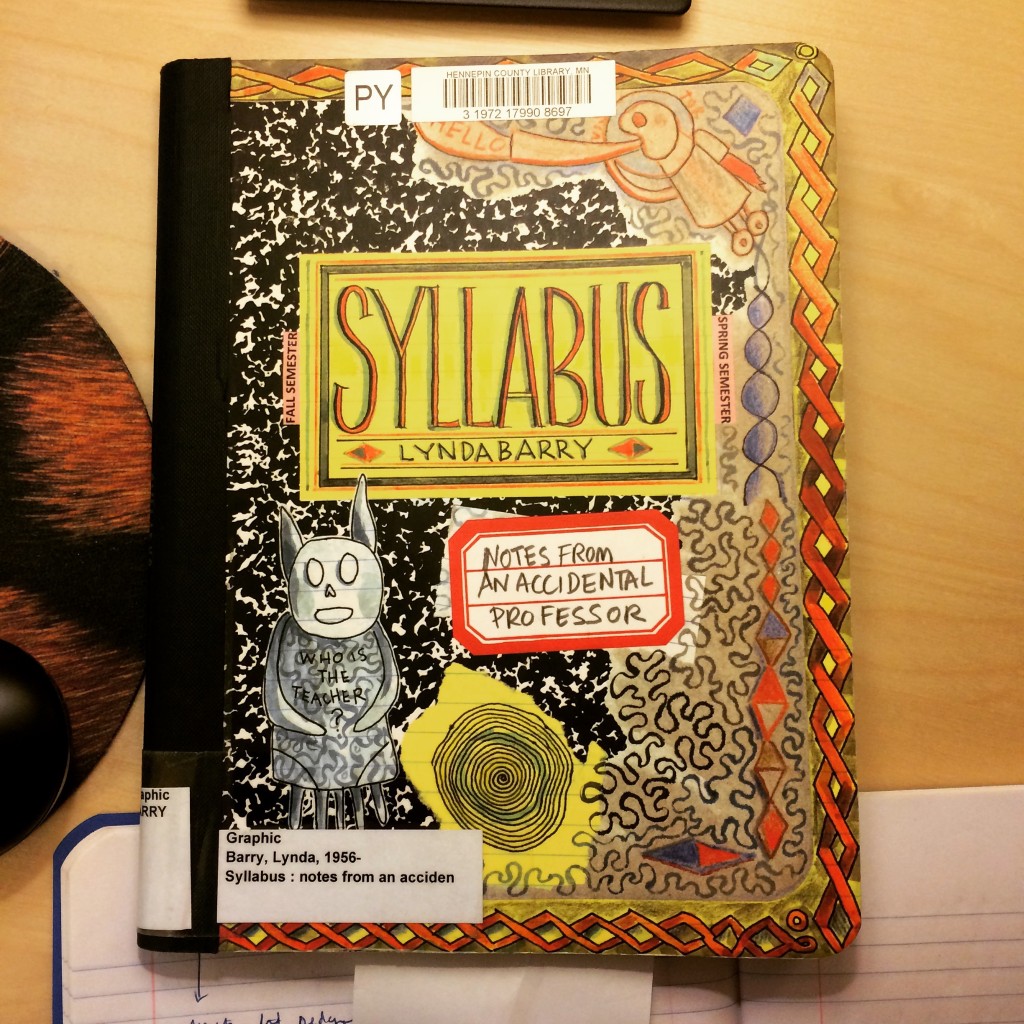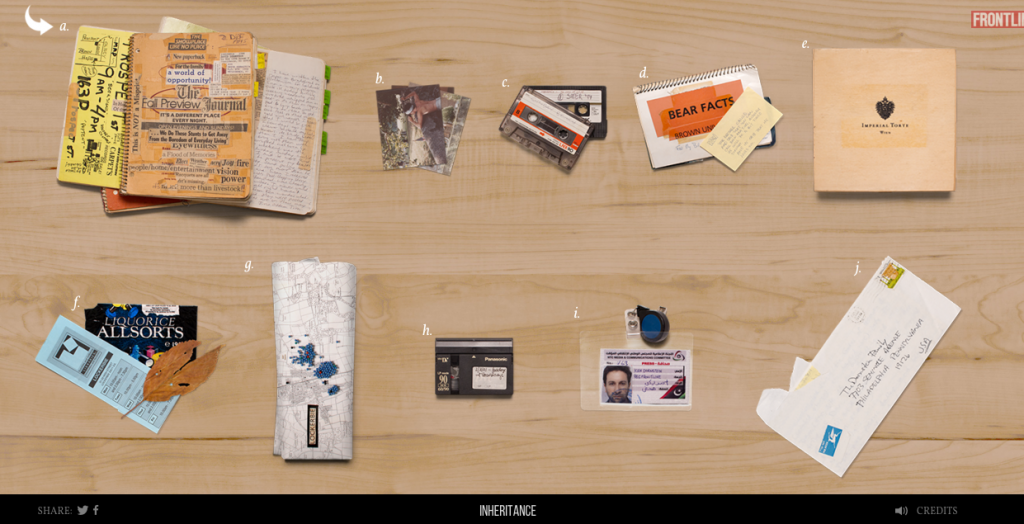What
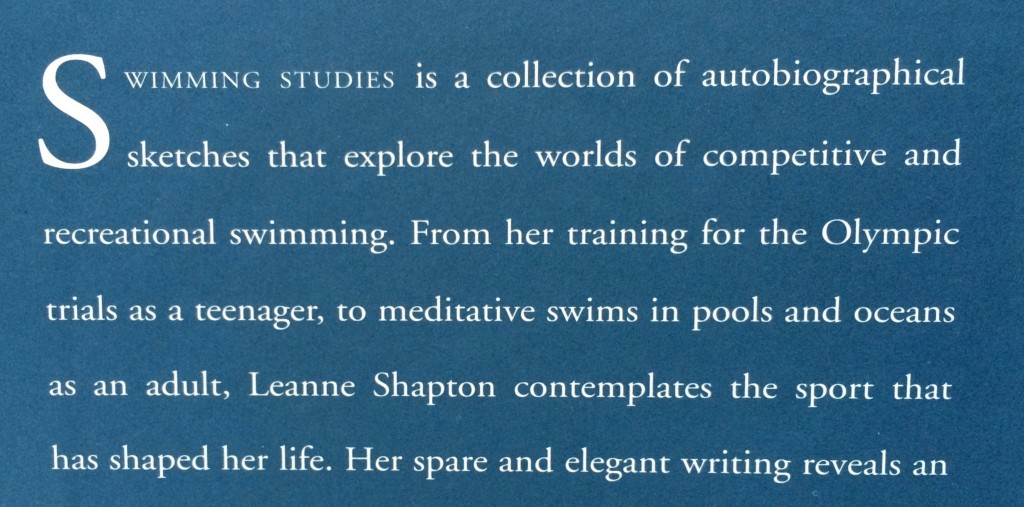
Format
- Series of chapters with stories/sketches related to swimming.
- Interspersed with drawings, photo gallery of swim suits, catalog of pool smells, various photos.
Content
- Moves between past experiences as competitive swimmer and present experiences swimming in pools/bodies of water around the world.
- Big focus on small details of pool life (smells, feelings of aching muscles, articles of clothing, swimmers’ hair, light and steam as it hits pool deck and water) and on the mundane repetition of her experiences.
- Underlying theme, woven throughout book, of love and relationships–romantic and familial.
- Photos of swim suits on mannequins with descriptions of where each was purchased and worn.
- Catalog of pool smells.
- Sketches of swimmers she remembers, pools she’s visited, swimming in the ocean, the view from her hotel window.
Purpose
Shapton documents her connection to water and swimming while trying to figure out what her past life/training as an elite swimmer could still mean to (and for) her. She writes:
Do I have a long term goal? If anything it is figure out what to do with something that I do well but no longer have any use for.
The one thing I’m formally trained at is swimming. I’m aware that I rely on this training when I’m working, that I know when to push through and when to rest, that I’ve figured out the equivalent of drills, interval training and performance when I’m on deadline or trying to realize a project. But I don’t know where to put the old skill, if I can, or even want to, incorporate it into my adult life (250-251).
Leanne Shapton
Useful for my book?
I love this book. I love how Shapton shapes her stories about swimming and training around sensations and repetitive, mundane practices. She provides a different sort of story about being an athlete. I also love how she focuses on struggling with how to make sense of her past and present relationships to something that matters so much to her: water/pools.
Specifically, I like her (somewhat) experimental format. I like her gallery of swim suits and how she tells the story of her love of collecting swim suits through it. Her inclusion of sketches and a catalog of smells is creative and allows her to tell stories through the senses.
For this book project, I think her chapters on practice (she discusses the discipline/habits/repeated practices of swimming and art), and goggles (she contemplates what to do with her training) are especially useful. I also enjoy her scattered reflections on the limits of her own memory, especially when she wonders how she can remember dodging a glob of spit in her lane at one particular practice but not how she told her coach she was quitting or any details about swimming at the Canadian Olympic trials (Quitting, 3-6).
I am also drawn to her catalog of suits. Are there any teaching-related items (maybe marginalia/notes) that I could turn into a gallery with stories. I like the idea of using objects to tell stories.
